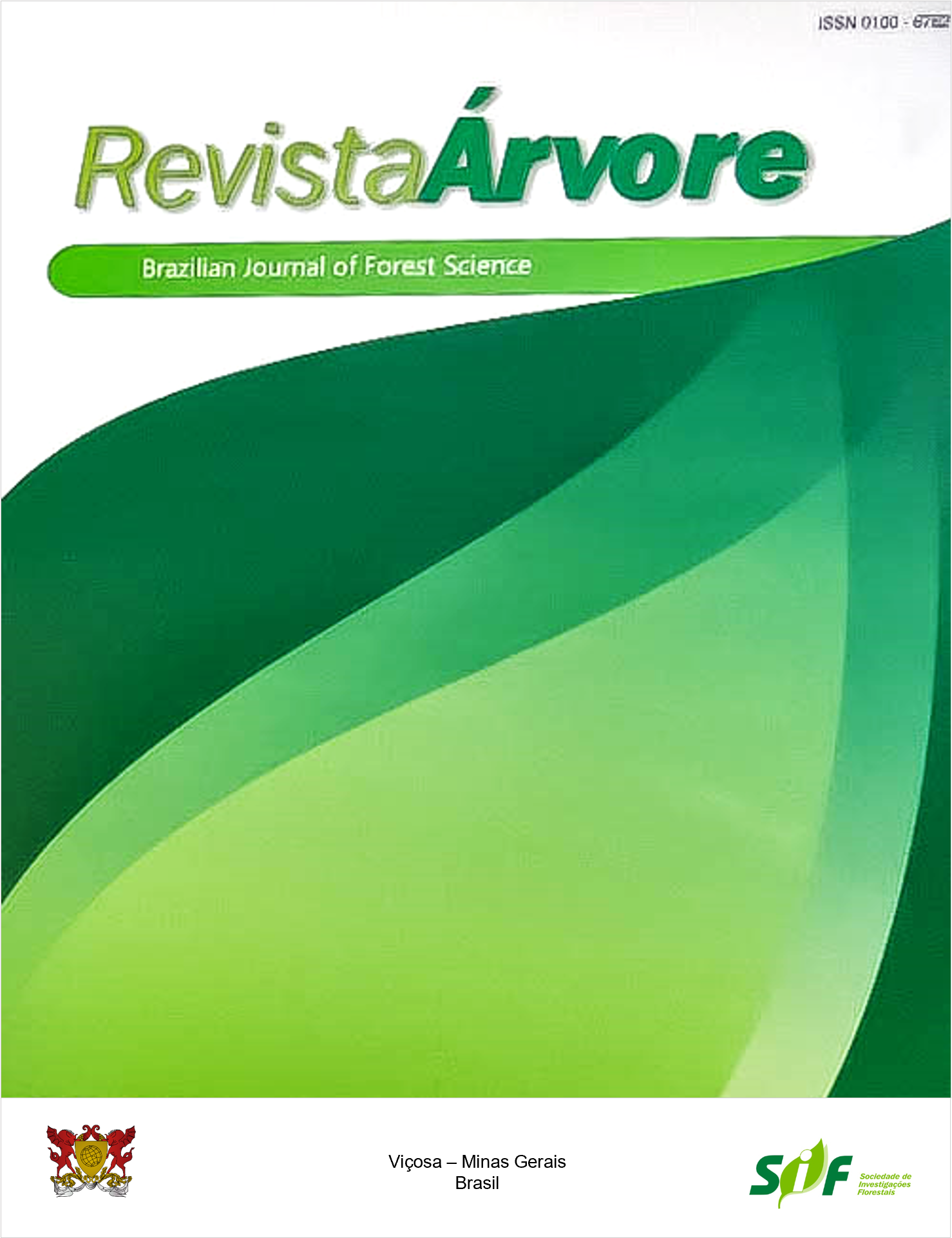CHEMICAL CHARACTERISTICS AND KRAFT PULPING OF TENSION WOOD FROM Eucalyptus globulus LABILL
Resumo
Tension (TW) and opposite wood (OW) of Eucalyptus globulus trees were analyzed for its chemical characteristics and Kraft pulp production. Lignin content was 16% lower and contained 32% more syringyl units in TW than in OW. The increase in syringyl units favoured the formation of β-O-4 bonds that was also higher in TW than in OW (84% vs. 64%, respectively). The effect of these wood features was evaluated in the production of Kraft pulps from both types of wood. At kappa number 16, Kraft pulps obtained from TW demanded less active alkali in delignification and presented slightly higher or similar pulp yield than pulps made with OW. Fiber length, coarseness and intrinsic viscosity were also higher in tension than in opposite pulps. When pulps where refined to 30°SR, TW pulps needed 18% more revolutions in the PFI mill to achieve the same beating degree than OW pulps. Strength properties (tensile, tear and burst indexes) were slightlyhigher or similar in tension as compared with opposite wood pulps. After an OD0 (EO)D1 bleaching sequence, both pulps achieved up to 89% ISO brightness. Bleached pulps from TW presented higher viscosity and low amount of hexenuronic acids than pulps from OW. Results showed that TW presented high xylans and low lignin content that caused a decrease in alkali consumption, increase pulp strength properties and similar bleaching performance as compared with pulps from OW.
Keywords: Eucalyptus globulus, Reaction wood, Kraft pulping, Xylans and Lignin structure.
Downloads
Publicado
Como Citar
Edição
Seção
Licença
Todos os autores concordaram com a submissão do trabalho à Revista Árvore e concederam a licença exclusiva para publicação do artigo. Os autores afirmam que se trata de um trabalho original, e que não foi publicado anteriormente em outros meios. O conteúdo científico e as opiniões expressas no artigo são de responsabilidade total dos autores e refletem sua opinião, não representando, necessariamente, as opiniões do corpo editorial da Revista Árvore ou da Sociedade de Investigações Florestais (SIF).




